
Unwrapping an oil expeller from India
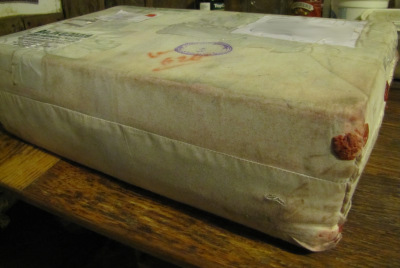 Since
our sunflower
seed crop was such a
great success, we decided to buy an oil expeller so that we could make
our own cooking oil. An extensive search of the internet shows
only two oil expellers costing less than a thousand bucks. Everett
bought the slightly cheaper and more common model (the Piteba for $139), so we decided to go for the
other to give us a real comparison of the two options.
Since
our sunflower
seed crop was such a
great success, we decided to buy an oil expeller so that we could make
our own cooking oil. An extensive search of the internet shows
only two oil expellers costing less than a thousand bucks. Everett
bought the slightly cheaper and more common model (the Piteba for $139), so we decided to go for the
other to give us a real comparison of the two options.
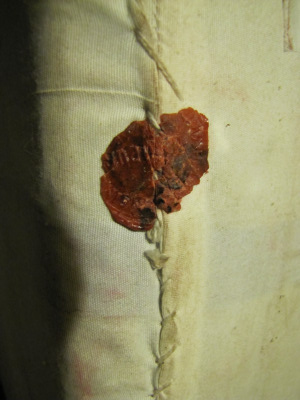 The
Rajkumar oil expeller comes all the way from India
for $155 (shipping included). My first hint that this wasn't an
ordinary transaction came after I filled in my payment information in
paypal. I got back the following email:
The
Rajkumar oil expeller comes all the way from India
for $155 (shipping included). My first hint that this wasn't an
ordinary transaction came after I filled in my payment information in
paypal. I got back the following email:
Dear
Sir/Madam,
We request you to give us your complete postal address with Zip code and telephone no. so that we may dispatch the machine at the earliest from our end. Awaiting for your reply asap.
Thanks & Regards
Naresh Gambhir
(Director)
We request you to give us your complete postal address with Zip code and telephone no. so that we may dispatch the machine at the earliest from our end. Awaiting for your reply asap.
Thanks & Regards
Naresh Gambhir
(Director)
Since I had just typed in my whole postal address and zipcode, I was a bit confused, but I replied with a repeat of my shipping information, along with the phone number that I didn't see why they would need. Three weeks passed, and I had almost forgotten about our oil expeller when an amazing parcel showed up at the post office.
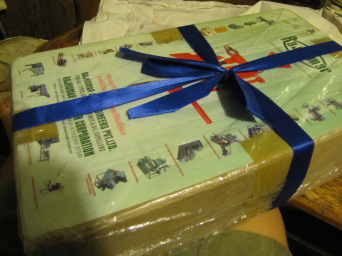
As you can see from the photos, the box was wrapped in a cloth sack, stitched together and sealed along the sides with red sealing wax! After I teased out the stitches and slid back the bag, I could see that the box was decked out in a bright blue bow. Now, I have to admit that even though I have thoroughly grown out of Christmas presents, I do miss the awe of opening an unknown package. When I was a kid, I spent hours testing the presents under the tree, trying to guess what was inside each one --- generally far more fun than I got out of the presents themselves. Here I was on layer two of my new oil expeller, and I was getting that same Christmas rush.
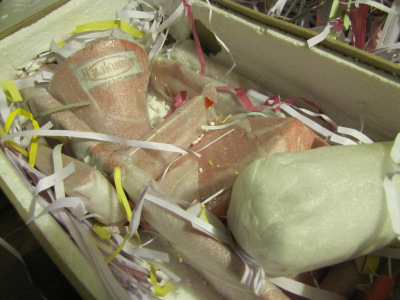
I untied the bow and ripped off the layer of plastic wrap underneath, then untaped the box. Lifting the lid, a shower of brightly colored paper shreds spilled across the table. Nestled down amid this packaging were about a dozen expeller parts, each one individually wrapped in a thin sheet of foam. I'm getting the impression that the postal service in India isn't very careful, since I had to go through five layers of packaging to get to my expeller (six layers if you count the bow.) From the state of the box, I don't think this packaging was excessive.
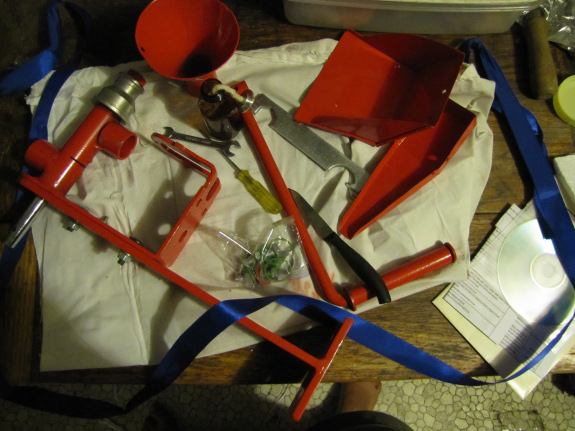
Want more in-depth information? Browse through our books.
Or explore more posts by date or by subject.
About us: Anna Hess and Mark Hamilton spent over a decade living self-sufficiently in the mountains of Virginia before moving north to start over from scratch in the foothills of Ohio. They've experimented with permaculture, no-till gardening, trailersteading, home-based microbusinesses and much more, writing about their adventures in both blogs and books.
Want to be notified when new comments are posted on this page? Click on the RSS button after you add a comment to subscribe to the comment feed, or simply check the box beside "email replies to me" while writing your comment.

It seems to have to do with the type of the process; batch or continuous.
An oil press uses a batch process. You chuck some nuts into the press close it, and then you start compressing until the liquid stops coming out. Then you open the press and extract the "cake".
An expeller on the other hand uses a continuous process. The materials to be pressed are fed into one side of the expeller (which is like a screw with a core diameter that grows the further you go along it). The "cake" comes out of the other end. Oil comes out of separate opening.
That looks VERY much like the Piteba. It makes me wonder if one didn't steal the other's design. Even the color is the same!
Let me know how it works. I've had some trouble with mine, but it could have been because I was using old, dry seeds.
Cheers,
Everett
Once I put this one together and compared it to the Piteba's website, I could tell that it is actually the exact same unit, with an extended stand bolted on the back and some sheet metal pieces added on (a funnel for the top and two chutes for the oil and seed cake.) I don't know if they stole it from Piteba, or if Piteba buys them from India, but they do seem to be identical.
I'll definitely post how it works once I try it out! I forgot to give it to Mark to wash this evening, though, so it'll have to wait until the next round of dishes. (Heaven forbid I should actually wash a dish myself. )
)
Actually the concept of a screw expeller follows from that of a press in that it transports and compacts the material into a small space.
The principle dates back to Archimedes' screw, and is also found in injection moulding machines which use a heated screw to melt and mix plastic granules, which dates to 1946.
Heating the oil is also very logical since it lowers the viscosity of the oil considerably and makes it flow much easier. In large mechanical expellers the feed materials are pre-heated and the mantle around the screw is usually cooled to prevent the oil from getting too hot and break down since the screw imparts a lot of friction into the mass.
You might get the oil out easier by pre-heating the seeds or nuts in e.g. the oven. Don't overdo it or the oil will break down and oxidise.
Make sure there is no gravel or stones in your nuts. They could jam and damage the expeller.